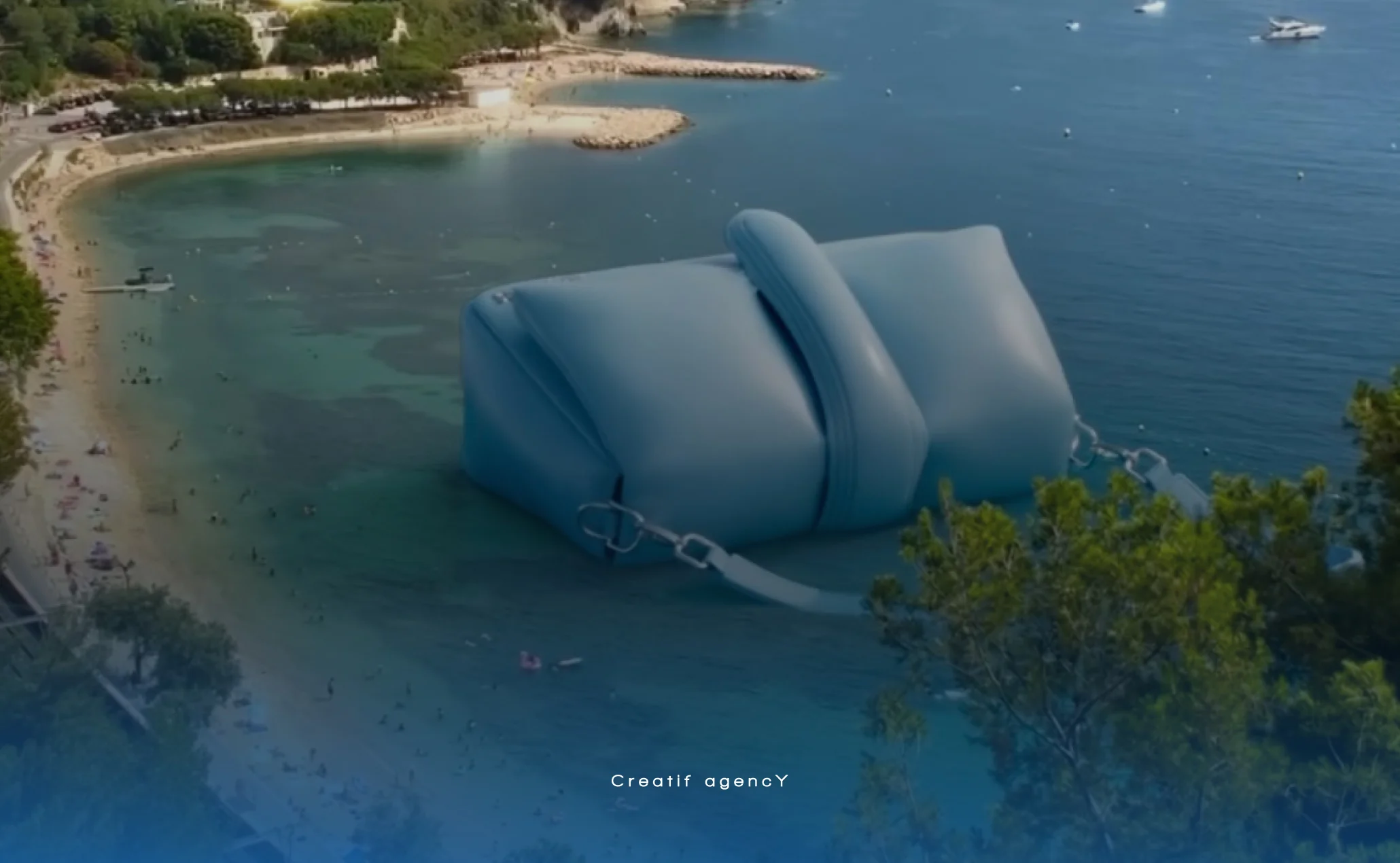When to Use Maximize Conversions with a Target CPA in Google Ads
Maximize Conversions with a Target CPA (Cost-Per-Acquisition) is an automated Google Ads bidding strategy ideal for campaigns with consistent conversion history, a defined acceptable cost per lead or sale, and a clear goal of acquiring as many conversions as possible within that cost threshold.

For any business investing in Google Ads, the ultimate goal is to get the most out of every dollar spent, typically by driving valuable actions like leads, sales, or sign-ups. Google offers various automated bidding strategies to help achieve this, and Maximize Conversions with a Target CPA (tCPA) stands out as a highly effective option for those who know their desired cost per acquisition.
But when exactly should you enable this strategy, and what factors determine its success? Let’s dive in.
Understanding Maximize Conversions with a Target CPA
At its core, “Maximize Conversions with a Target CPA” is a Smart Bidding strategy that leverages Google’s machine learning to automatically set bids in real-time.
- Maximize Conversions (without tCPA): This strategy aims to get you the most conversions possible within your daily budget, without a specific cost constraint. Google will try to spend your entire budget to maximize conversion volume.
- Maximize Conversions with a Target CPA (tCPA): When you add a Target CPA, you’re telling Google Ads: “Get me as many conversions as possible, but try to keep the average cost per conversion around this specific amount.” Google’s algorithm will then adjust bids dynamically in each auction (considering factors like device, location, time of day, and audience signals) to hit that average tCPA. Some conversions may cost more, others less, but the aim is to meet your average target.
This strategy is particularly powerful because it focuses not just on clicks, but on the actual valuable actions you want users to take on your website.
When to Use Maximize Conversions with a Target CPA: Ideal Scenarios
Leveraging tCPA effectively depends heavily on your campaign’s current performance, data availability, and specific business goals.
1. You Have Consistent Conversion Volume
- The Golden Rule: This is arguably the most crucial prerequisite. Google Ads recommends having at least 30-50 conversions in the last 30 days in the campaign or ad group you wish to apply this strategy to.
- Why it Matters: Automated bidding relies on historical data to learn and predict. Sufficient conversion data allows Google’s algorithms to understand patterns, identify high-value auctions, and optimize bids accurately. Without enough data, the “learning phase” will be prolonged, and performance can be erratic.
- Creatif Agency Insight: If your campaigns are new or have very low conversion volume, it’s often better to start with “Maximize Conversions” (without a tCPA) to accumulate data, or even manual bidding, before transitioning to tCPA.
2. You Have Clear and Accurate Conversion Tracking
- Meaningful Conversions: Your conversion tracking must be set up correctly and measure meaningful actions for your business (e.g., a completed lead form, a confirmed purchase, a service inquiry call). If you’re tracking low-value events or have duplicate conversions, the algorithm will optimize for those, leading to inefficient spend.
- Primary Conversions Only: If you track multiple conversion actions, ensure you specify which one is your “primary” conversion for bidding optimization.
- Creatif Agency Advantage: As web design specialists, we ensure your website’s conversion tracking is meticulously set up and verified, providing the clean data Google Ads needs for optimal performance.
3. You Have a Defined Acceptable Cost Per Acquisition (CPA)
- Knowing Your Numbers: You need a clear understanding of what you can afford to pay for a lead or a sale while maintaining profitability. This “target CPA” should be realistic, based on your business’s economics.
- Realistic Target Setting: Google Ads can recommend a tCPA based on your past performance. It’s often wise to start slightly higher than your average CPA (e.g., 10-20% above) to give the algorithm room to learn, then gradually lower it once performance stabilizes. Setting your tCPA too low can severely restrict your ad visibility and conversion volume.
4. Your Primary Goal is Cost-Efficient Conversions
- Predictable Acquisition Costs: If your main objective is to acquire conversions within a specific budget for each acquisition, tCPA is an excellent choice. It gives you more control over your cost-per-conversion than simply maximizing volume.
- Flat-Value Conversions: It’s particularly effective for conversions that have a relatively flat value (e.g., a lead form submission, a fixed-price service sign-up). If your conversions vary widely in value (like e-commerce orders), Target ROAS (Return On Ad Spend) might be a more suitable strategy.
Tips for Maximizing Success with Target CPA
- Give it Time: Automated bidding strategies have a “learning phase” (typically 7-10 days, depending on data volume). Avoid making significant changes to budgets, bids, or ad creatives during this period, as it can reset the learning process.
- Ensure Sufficient Budget: While tCPA aims to meet your target, you still need enough daily budget to generate consistent conversions. A general rule of thumb is a daily budget of at least 3-5x your target CPA.
- Optimize Landing Pages: Ensure your landing pages are highly relevant to your ads, load quickly, are mobile-friendly, and have a clear, singular call to action. Poor landing page performance will hinder even the best bidding strategy. Our UI/UX expertise ensures your landing pages are designed to convert.
- Monitor Average Target CPA: Google’s actual average CPA might differ slightly from your set target due to real-time variables. Monitor your campaign’s performance and average target over time.
- Consolidate Data: Avoid over-segmenting campaigns or ad groups if it means each segment gets very little conversion data. Consolidate where sensible to give Google’s algorithm more data to optimize with.
Potential Downsides and Considerations
- Limited Initial Data: As mentioned, it’s not ideal for brand new campaigns with no conversion history.
- Too Low a Target: Setting your tCPA too aggressively low can lead to minimal impressions and conversions.
- Reliance on Accurate Tracking: Any inaccuracies in your conversion tracking will directly impact the effectiveness of this strategy.
Conclusion: A Strategic Tool for Conversion-Focused Growth
Maximize Conversions with a Target CPA is a powerful Smart Bidding strategy for businesses that understand their conversion value and seek to scale their acquisition efforts efficiently. When supported by consistent conversion data, accurate tracking, and a realistic target, it can be a game-changer for your Google Ads performance.
At Creatif Agency, we don’t just build stunning websites; we also understand the intricacies of driving traffic and conversions through optimized digital advertising. Our integrated approach ensures your website and your ad campaigns work in harmony to achieve your business goals.
Ready to optimize your Google Ads for maximum, cost-efficient conversions?
Contact Creatif Agency today to discuss your digital marketing strategy and leverage the power of smart bidding.










